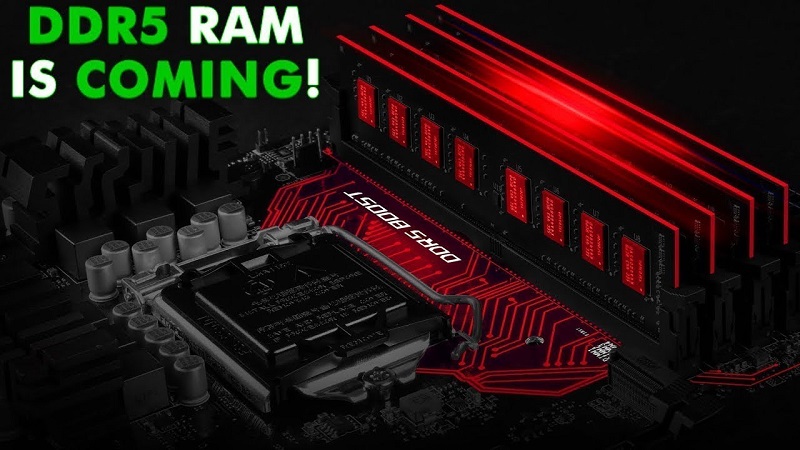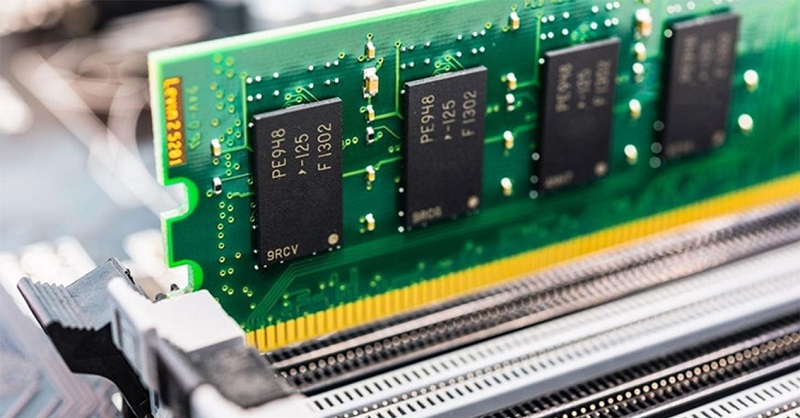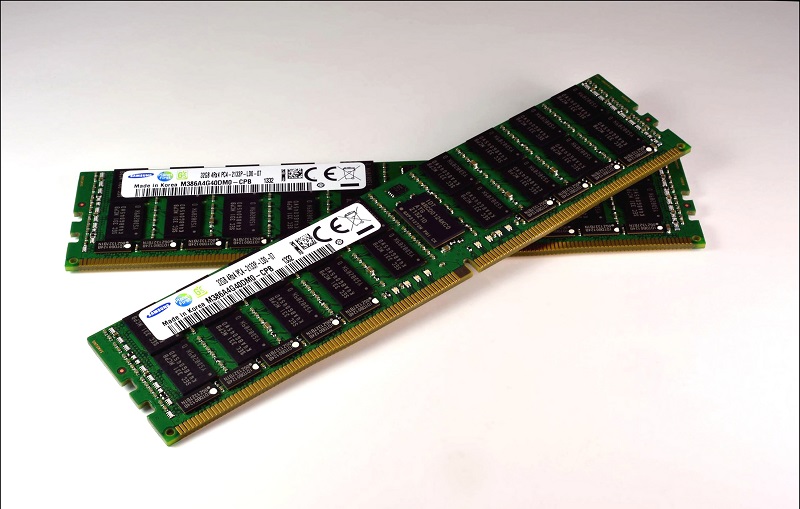The DDR4 RAM has been available for about four years now and now waiting for DDR5 ram release date. With DDR4, the consumption was reduced and the frequency could be increased to figures unthinkable with DDR3 as we can see with the modules that G.Skill has launched of 4800 MHz. Now, we know more technical information about DDR5 and the great performance improvements that will bring.

DDR4 vs DDR5: You will experience twice the performance after DDR5 ram release
The first improvement that will bring this new standard DDR (which is responsible for defining the JEDEC ), will allow operating with voltages of up to 1.1 volts in the 64-bit link while allowing to reach 1.2 volts in the 16 and 8 bits. To this, it will be added that the modules will include their own voltage regulators. Allow us being more independent of the motherboard than the current ones.
The size of the memory that DDR5 compatible motherboards will accept will also increase, going from 12 to 16 channels. This will allow to go from current limit of 64 GB of the main plates to 128 GB of RAM. It will also improve the stability and overclock capacity, something that will benefit the AMD Ryzen processors that are so sensitive to the different RAM modules that are on the market.
Currently, we are waiting for DDR5 ram release date which is being developed with the business sector in mind. They must have to think about the large amounts of random memory are demanded by consumers. The density will increase with 16 Gbps chips, which will allow to achieve that higher density within the same module. Reducing memory consumption is also a priority objective.

DDR5 ram release date will come in 2020 for all
However, all these improvements will introduce a drawback: more latency. This will be compensated with an increase in frequency. The specification of the JEDEC for the DDR5 RAM will be 4800 MHz base and knowing how well this technology tends to improve over the years. It is estimated that frequencies of up to 6400 MHz can be achieved without much effort.
Cadence says that by comparing a DDR4 and DDR5 module operating both at 3200 MHz, the bandwidth is 36% higher. If you compare 3200 MHz with the 4800 MHz that the standard will have, the performance improvement is 87%. If we look at the frequency of each standard, we will see that the performance improvements will be more than double.
Currently, manufacturers such as Cadence and Micron are studying to start manufacturing these memories next year. They will be starting with servers and data centers. For the rest of consumers, DDR5 ram release date will be a little longer until the year 2020. On that date, AMD will put an end to the Zen architecture, so it is likely that its next architecture will already be done with DDR5 memory in mind.



